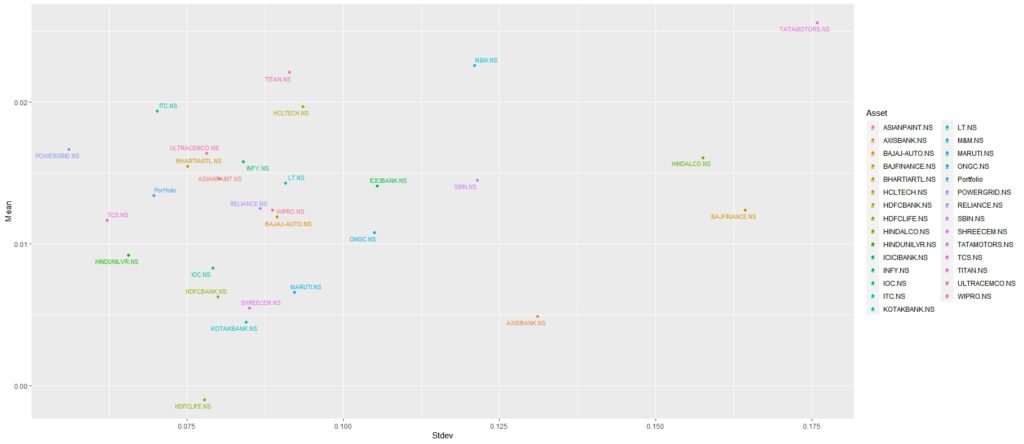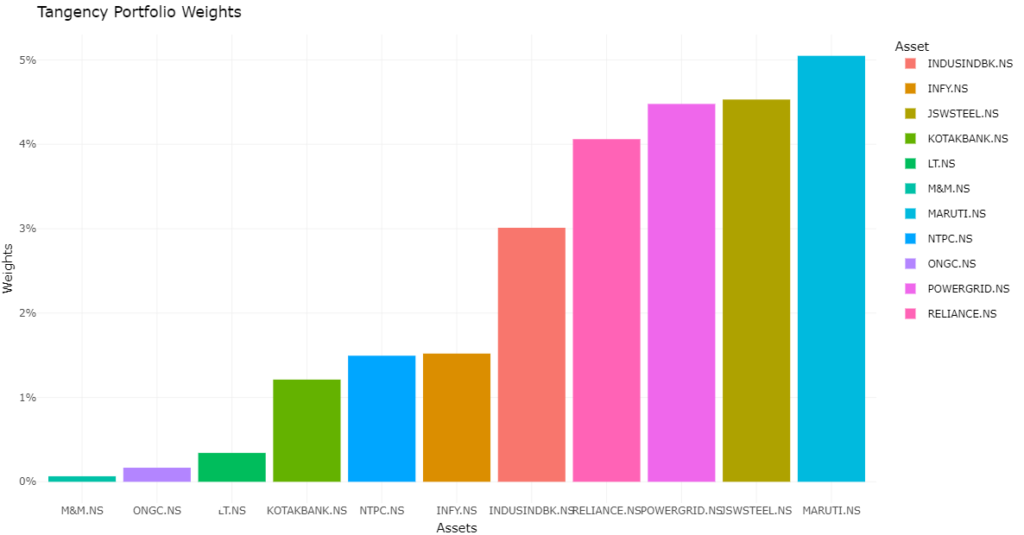Understanding Greeks in Options Trading
In the realm of options trading, understanding the concept of moneyness and the intricate world of Greek letters is crucial. In this comprehensive guide, we will demystify these concepts while providing mathematical expressions for each term and delving into the intricacies of second-order Greeks. Moneyness: ATM, OTM, and ITM ATM (At The Money): ATM options occur when the strike price ($K$) closely matches the current stock price ($S$). Mathematically, it can be expressed as: K≈S For instance, a $50 strike call option would be ATM if the stock is trading at $50. OTM (Out of the Money): OTM options are those where exercising the option would not be advantageous at expiration. If an option has a strike price higher than the current stock price, we can express it as: K>S For instance, having a $40 call option when the stock is trading at $35 is an OTM scenario. ITM (In the Money): ITM options are favorable for exercising at expiration. When the strike price is lower than the current stock price, we can express it as: K<S For instance, a $40 call option is ITM when the underlying stock is trading above $40. Intrinsic and Extrinsic Value Options pricing comprises two fundamental components: intrinsic value (IV) and extrinsic value (EV). Intrinsic Value (IV): IV represents how deep an option is in the money. For call options, it is expressed as: Call=max(S−K,0) For put options, it is calculated as: Put=max(K−S,0) Extrinsic Value (EV): EV is often referred to as the “risk premium” of the option. It is the difference between the option’s total price and its intrinsic value: EV=Option Price−IV The Greeks: Delta, Gamma, Theta, Vega, and Rho Delta Delta measures how an option’s price changes concerning the underlying stock price movement. It can be expressed as: Δ=∂V/∂S Where: For stocks, Delta is straightforward, remaining at 1 unless you exit the position. However, with options, Delta varies, depending on the strike price and time to expiration. Gamma Gamma indicates how delta ($\Delta$) changes concerning shifts in the underlying stock’s price. Mathematically, it can be expressed as: Γ=∂Δ/∂S Where: Gamma is the first derivative of delta and the second derivative of the option’s price concerning stock price changes. It plays a significant role in managing the dynamic nature of options. Theta Theta quantifies the rate of time decay in options, indicating how much the option price diminishes as time passes. It is mathematically expressed as: Θ=∂V/∂t Where: For long options, Theta is always negative, signifying a decrease in option value as time progresses. Conversely, short options possess a positive Theta, indicating an increase in option value as time elapses. Vega Vega gauges an option’s sensitivity to changes in implied volatility. The mathematical expression for vega is: ν=∂V/∂σ Where: High vega implies that option prices are highly sensitive to changes in implied volatility. Rho Rho evaluates the change in option price concerning variations in the risk-free interest rate. Its mathematical expression is: ρ=∂V/∂r Where: Rho’s impact on option pricing is generally less prominent than other Greeks but should not be overlooked. Utilizing Second-Order Greeks in Options Trading Second-order Greeks provide traders with a deeper understanding of how options behave in response to various factors. They offer insights into the more intricate aspects of options pricing and risk management. Let’s explore these second-order Greeks in greater detail and understand their significance. Vanna Vanna measures how the delta of an option changes concerning shifts in both the underlying stock price (S) and implied volatility. It combines aspects of both Delta and Vega. Mathematically, Vanna can be expressed as: νΔ=∂Δ/∂S∂σ Understanding Vanna is particularly valuable for traders who wish to assess how changes in both stock price and volatility can impact their options positions. It allows for more precise risk management and decision-making when these two critical variables fluctuate. Charm Charm quantifies the rate at which delta changes concerning the passage of time t. It evaluates how an option’s sensitivity to time decay varies as the option approaches its expiration date. Mathematically, Charm can be expressed as: ΘΔ=∂Δ/∂t Charm is particularly valuable for traders employing strategies that rely on the effects of time decay. It helps in optimizing the timing of entry and exit points, enhancing the precision of options trading decisions. Vomma Vomma, also known as the volatility gamma, assesses how gamma changes concerning shifts in implied volatility. It is essentially the second derivative of gamma concerning volatility. Mathematically, Vomma can be expressed as: νΓ=∂Γ/∂σ Vomma is essential for traders who want to understand the impact of changes in implied volatility on their options positions. It aids in adapting strategies to volatile market conditions, allowing traders to take advantage of changing market dynamics The behavior of the Greeks varies for different options trading strategies. Each strategy has its own objectives and risk profiles, which are influenced by the Greeks in unique ways. Let’s explore how the primary Greek variables – Delta, Gamma, Theta, Vega, and Rho – behave for some common options trading strategies: What are the differences between the Option Buyer and Option Seller strategies in terms of Option Greeks? Option buyers and option sellers, also known as writers, have fundamentally different approaches to options trading, and this is reflected in how the Greeks impact their strategies. Let’s explore the key differences between the two in terms of the Greeks: Managing Delta and Gamma for option sellers is crucial to control risk and optimize profitability. Here’s how option sellers can manage Delta and Gamma, along with the corresponding equations: Strategy involves a careful analysis of the components of the strategy. A Delta-neutral position means that the strategy’s sensitivity to changes in the underlying asset’s price is effectively balanced, resulting in a Delta of zero. Here’s how you can know that Delta is zero for a strategy: Can I make a long gamma and long theta strategy? It is challenging to create a strategy that is both “long gamma” and “long theta” simultaneously because these two Greeks typically have opposite characteristics. However, you can design
Understanding Greeks in Options Trading Read More »

